The world of reptile companionship remains shrouded in mystery for many pet owners. Unlike dogs that wag their tails or cats that purr contentedly in our laps, lizards communicate in subtle ways that often go unnoticed by human observers. This has led to the persistent question: can these scaly companions actually recognize their owners or show anything resembling affection? While reptiles lack the mammalian brain structures associated with complex emotional bonds, recent research and countless owner testimonials suggest there’s more to the lizard-human relationship than previously thought. This article delves into the fascinating cognitive capabilities of lizards, exploring whether these ancient creatures can form bonds with their human caretakers and express what we might interpret as affection.
The Reptilian Brain: Different But Sophisticated
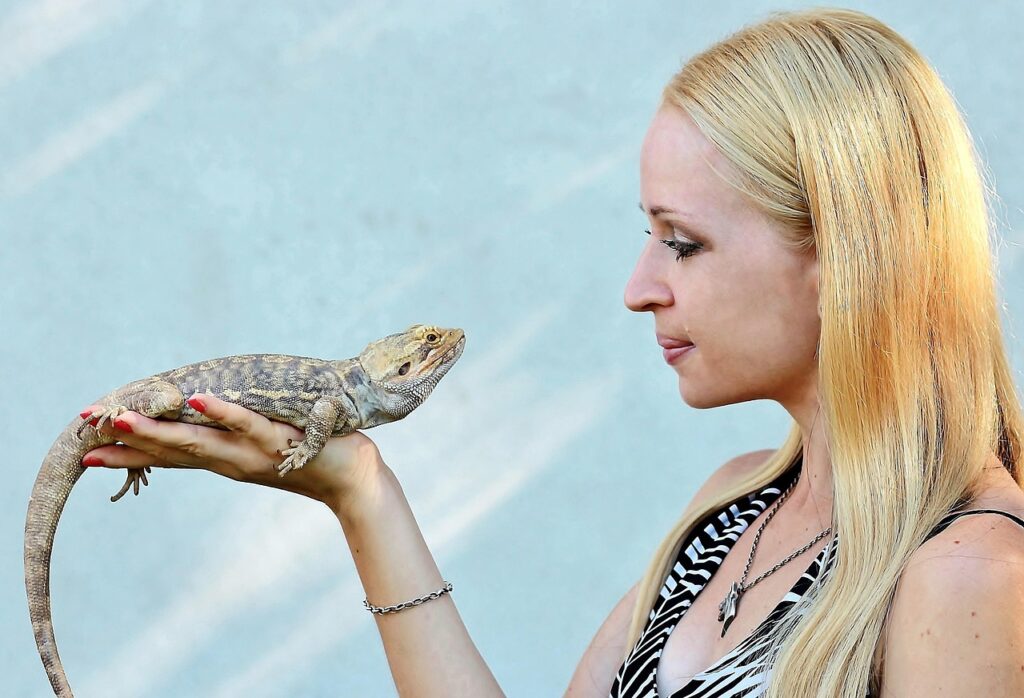
Lizards possess what scientists refer to as a “primitive” brain compared to mammals, lacking a developed neocortex—the brain region responsible for higher cognitive functions and complex emotions in humans and other mammals. This fundamental difference has historically led researchers to dismiss the possibility of lizards forming emotional attachments. However, recent studies reveal that reptilian brains are remarkably sophisticated in their own right, with complex neural networks that enable learning, memory, and recognition. Despite not having the same brain structures as mammals, lizards demonstrate impressive cognitive abilities that allow them to navigate their environments, recognize patterns, and potentially identify familiar individuals. Their brains have evolved along a different path than mammalian brains but are specialized for the cognitive tasks essential to their survival and well-being.
Recognition Versus Affection: Understanding the Distinction
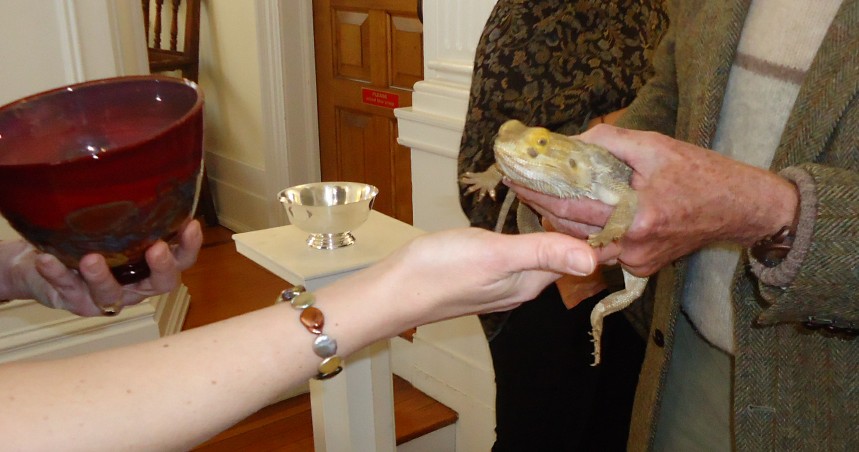
When discussing lizard behavior, it’s crucial to distinguish between recognition and affection, as these represent fundamentally different cognitive processes. Recognition involves the ability to identify and respond differently to familiar individuals—a skill many lizards demonstrably possess. Bearded dragons, for example, can distinguish between their regular caretakers and strangers, often showing more relaxed behavior around familiar humans. Affection, on the other hand, implies an emotional attachment or bond—a concept that’s more challenging to establish in reptiles due to their different neurological makeup. While lizards may not experience “love” as mammals do, this doesn’t mean their relationships with humans are meaningless or purely transactional. Instead, we might need to reframe our understanding of companionship to appreciate the unique ways lizards relate to their human caretakers.
Scientific Evidence for Lizard Recognition

Scientific studies have provided compelling evidence that certain lizard species can indeed recognize their human caretakers. A 2015 study published in the journal Animal Cognition demonstrated that bearded dragons could discriminate between familiar and unfamiliar humans, showing different behavioral responses based on recognition. Other research has shown that some lizard species can learn to associate specific humans with positive experiences like feeding, displaying anticipatory behaviors when they see their regular caretaker approach. Leopard geckos have been observed tracking their owners’ movements across a room, suggesting visual recognition capabilities beyond mere response to motion. These findings challenge the outdated notion that reptiles are merely operating on instinct, revealing cognitive abilities that include social recognition—an essential component of any meaningful relationship between species.
Behavioral Signs of Recognition in Pet Lizards

Pet lizards often display subtle but consistent behavioral patterns that suggest recognition of their owners. Many lizard keepers report that their pets become more active or alert when they enter the room, even when no food is present—suggesting the lizard recognizes their presence specifically. Some species, particularly bearded dragons and tegus, may approach the front of their enclosure when their owner appears, but retreat when strangers approach. More compelling evidence comes from lizards that allow handling from their regular caretakers but become stressed or defensive with unfamiliar people. Reduced defensive postures, voluntary approaches, and relaxed body language around specific humans all point to a lizard’s ability to distinguish between different people in their environment. These behavioral indicators, while subtle, provide strong evidence for recognition capabilities in many commonly kept lizard species.
Species Differences in Social Recognition
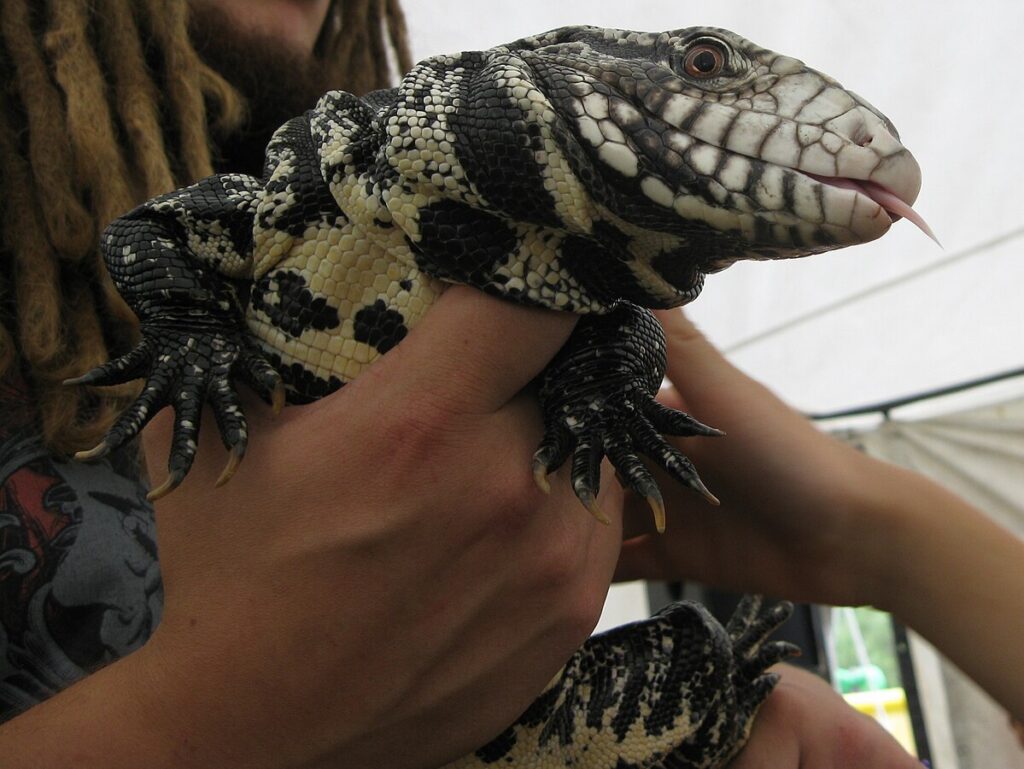
The capacity for recognizing human caretakers varies significantly across lizard species, reflecting their diverse evolutionary histories and natural social behaviors. Bearded dragons and Argentine black and white tegus consistently rank among the most socially responsive pet lizards, often appearing to recognize individual humans and seeking interaction. Blue-tongued skinks and certain monitor species also demonstrate strong recognition abilities, potentially due to their naturally more complex social lives or higher intelligence. In contrast, species like crested geckos and anoles, while capable of some recognition, typically show less pronounced responses to their human caretakers. These differences align with evolutionary adaptations—species that naturally live in more complex social groups or territories typically develop more sophisticated recognition abilities. This variation reminds us that “lizards” represent an enormously diverse group of animals with widely varying cognitive and social capabilities.
What Might Appear as “Affection” in Lizards

Certain lizard behaviors are commonly interpreted by owners as signs of affection, though the underlying motivation may differ from mammalian expressions of love. When a bearded dragon remains calm and relaxed while being handled, this indicates trust rather than affection in the mammalian sense. Some lizards seek physical contact with their owners, climbing onto shoulders or resting on warm hands, which likely represents comfort-seeking behavior related to temperature regulation rather than emotional bonding. Tegus and monitors may follow their owners around or approach them consistently, behaviors that could indicate association of the human with resources or safety rather than emotional attachment. This doesn’t diminish the significance of these interactions—a lizard that associates its owner with positive experiences and security has formed a meaningful relationship, even if it’s not identical to how mammals express affection.
The Role of Classical Conditioning
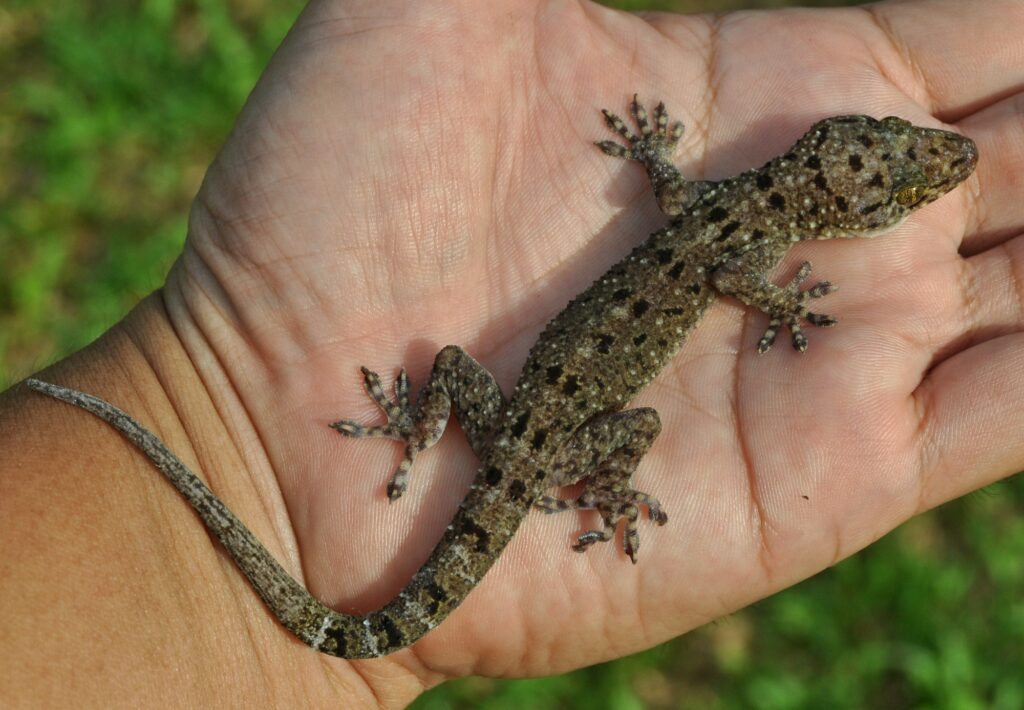
Many lizard behaviors that appear affectionate can be explained through classical conditioning, a form of learning where animals associate specific stimuli with positive or negative outcomes. When a lizard approaches its owner eagerly, it may have learned to associate that person with feeding, comfortable handling, or other positive experiences. This conditioning process creates strong associations that can mimic the appearance of affection or preference. For example, a gecko that climbs onto its owner’s hand may have learned that human hands provide warmth or transport to interesting places, rather than feeling emotionally attached. However, these conditioned responses shouldn’t be dismissed as “less real” than mammalian affection. The ability to form positive associations represents a sophisticated form of learning and adaptation that creates a genuine, if different, form of relationship between lizard and human.
Temperature and Resource Association
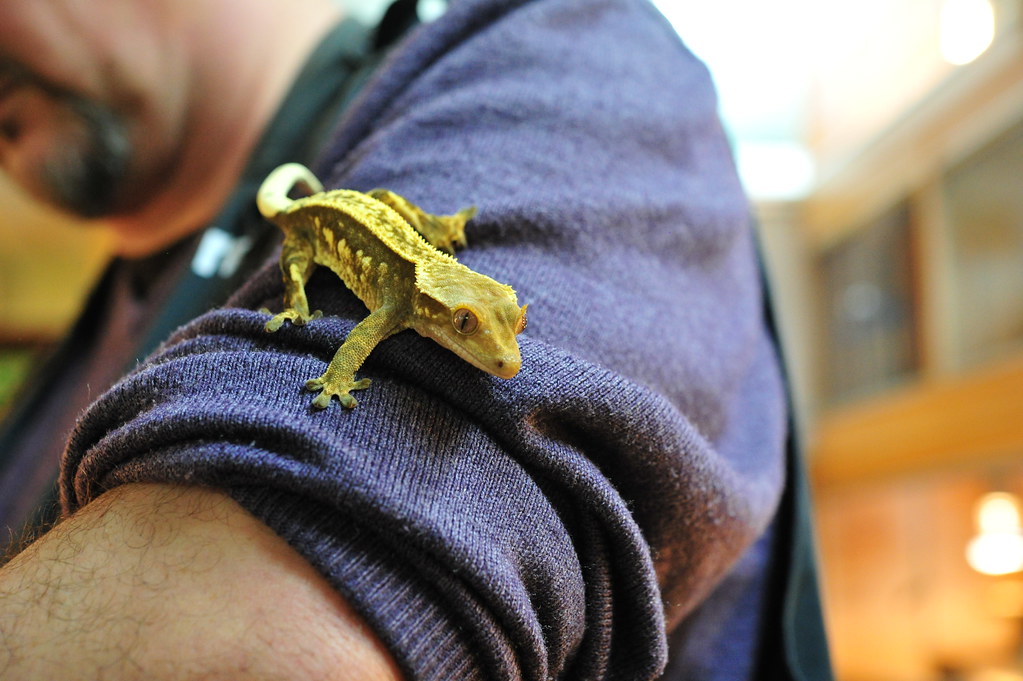
Lizards’ thermoregulatory needs significantly influence their behavior toward humans, sometimes creating interactions that can be misinterpreted as affection. As ectothermic animals, lizards rely on external heat sources to regulate their body temperature, and humans—with our consistent 98.6°F body temperature—represent reliable heat sources. When a lizard eagerly climbs onto your arm or neck, it may be primarily seeking your body heat rather than emotional connection. Similarly, many lizards learn to associate their owners with food resources, creating excitement behaviors that appear affectionate but are primarily resource-driven. This doesn’t mean the relationship is merely transactional, however—the lizard’s ability to recognize you specifically as a source of warmth and food demonstrates sophisticated recognition abilities. Understanding these biological imperatives helps owners interpret their pets’ behavior more accurately while still appreciating the unique bond that forms.
Building Trust with Your Lizard
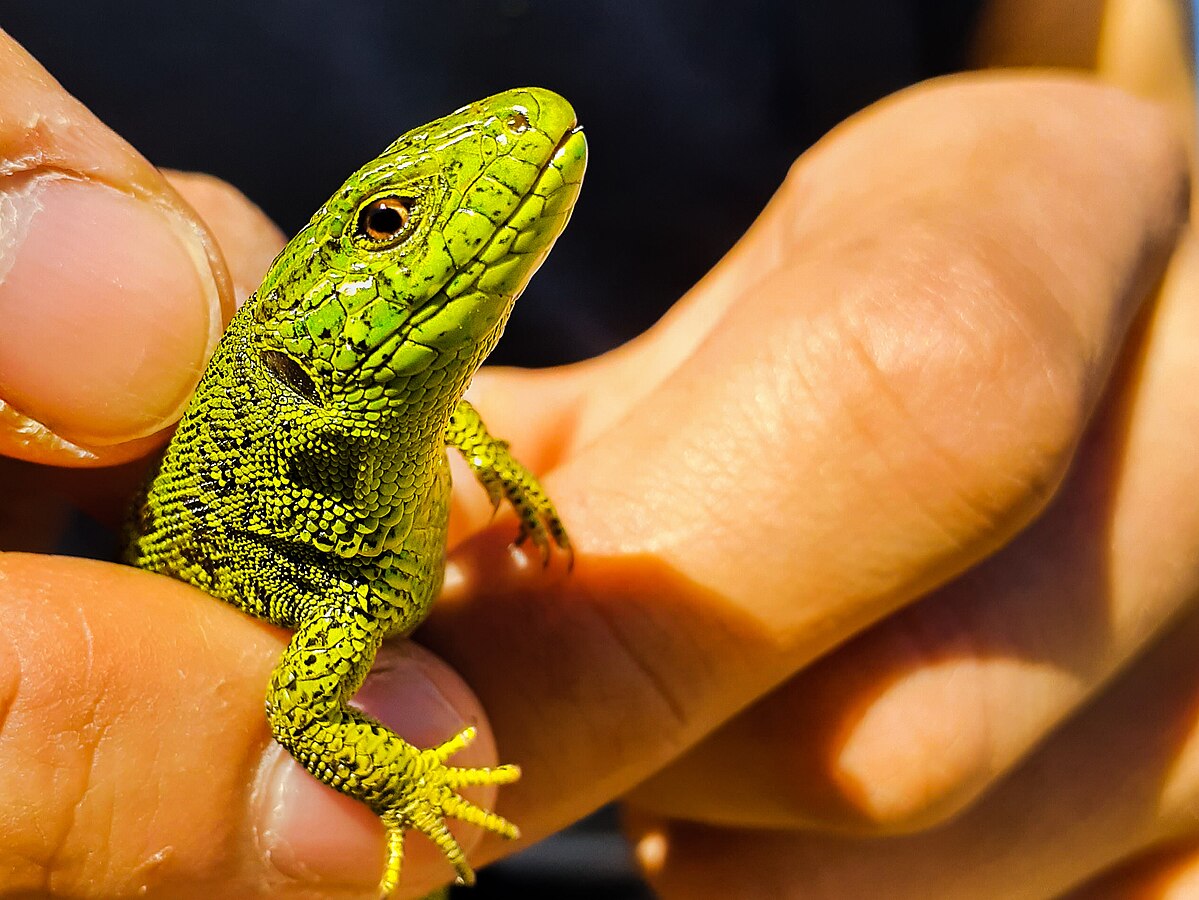
Establishing trust forms the foundation of any meaningful relationship with a pet lizard, requiring patience and consistency over time. Begin by respecting your lizard’s space and boundaries, allowing it to become comfortable with your presence before attempting handling. Consistent, gentle handling sessions that respect the animal’s comfort level gradually teach the lizard that you aren’t a threat. Associating yourself with positive experiences—particularly food rewards—helps your lizard learn that your presence predicts good things. Temperature-appropriate handling is crucial; ensuring your hands are warm before picking up your lizard prevents the unpleasant shock of cold contact. Most importantly, recognize and respect stress signals like puffing up, hissing, or tail whipping by giving the animal space when needed. This respectful approach builds a foundation of predictability and safety that allows recognition and trust to develop naturally over time.
Individual Personality Differences

Just as with dogs or cats, individual lizards display distinct personality traits that affect their capacity for recognition and social interaction. Some bearded dragons seem naturally more curious and interactive, readily approaching humans and maintaining eye contact, while others of the same species remain more reserved despite identical care. These personality differences can dramatically influence how a particular lizard responds to human interaction, with some individuals forming what appear to be stronger bonds with their caretakers. Long-term lizard owners often report that their pets become more responsive and interactive over years of care, suggesting personality development over time. These individual variations remind us to approach each lizard as a unique being rather than expecting all members of a species to behave identically. Respecting and adapting to your particular lizard’s personality creates the strongest foundation for a positive relationship.
The Impact of Early Socialization

The timing and quality of human interaction during a lizard’s developmental stages can significantly influence its ability to recognize and form relationships with humans. Lizards that receive gentle, positive handling from a young age often develop greater comfort with human interaction compared to wild-caught specimens or those handled only infrequently. This “socialization period” appears particularly important for species like bearded dragons and tegus, where early positive experiences create lasting impressions about human interaction. However, even adult lizards with limited previous human contact can gradually develop recognition and comfort with consistent, positive interaction. The socialization process works by desensitizing the lizard to the potentially threatening aspects of human presence while building positive associations through gentle handling, appropriate environments, and consistent routines. This early foundation often determines how readily a lizard will recognize and “bond” with human caretakers throughout its life.
Respecting Reptile Psychology
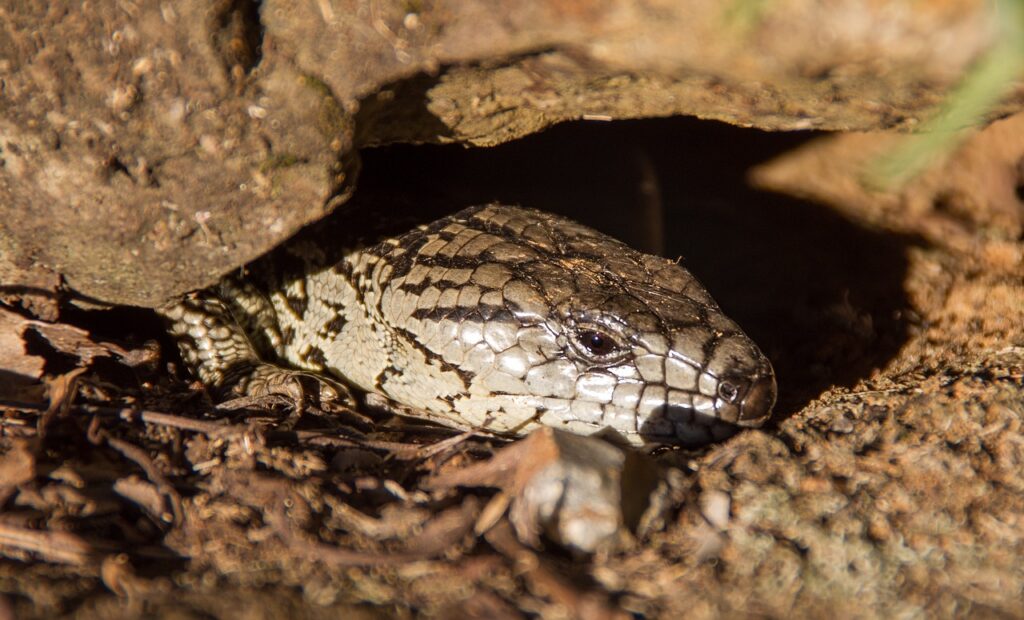
Building meaningful relationships with lizards requires understanding and respecting their unique psychological makeup rather than projecting mammalian expectations onto them. Unlike social mammals, most lizards evolved as solitary creatures with different social needs and communication systems than humans naturally understand. Recognizing stress signals—such as closed eyes, puffed beards, or rapid breathing—helps prevent negative associations that damage trust. Providing appropriate hiding places acknowledges their need for security and control over their environment. Most importantly, respecting that lizards generally prefer shorter, less frequent handling sessions than many mammalian pets prevents overwhelming their sensory systems. When we adapt our interaction styles to match reptilian psychology—focusing on gentle movements, predictable routines, and respect for their natural behaviors—we create conditions where recognition and positive association can flourish. This species-appropriate approach builds relationships based on the lizard’s actual needs rather than human expectations.
The Future of Reptile Cognition Research
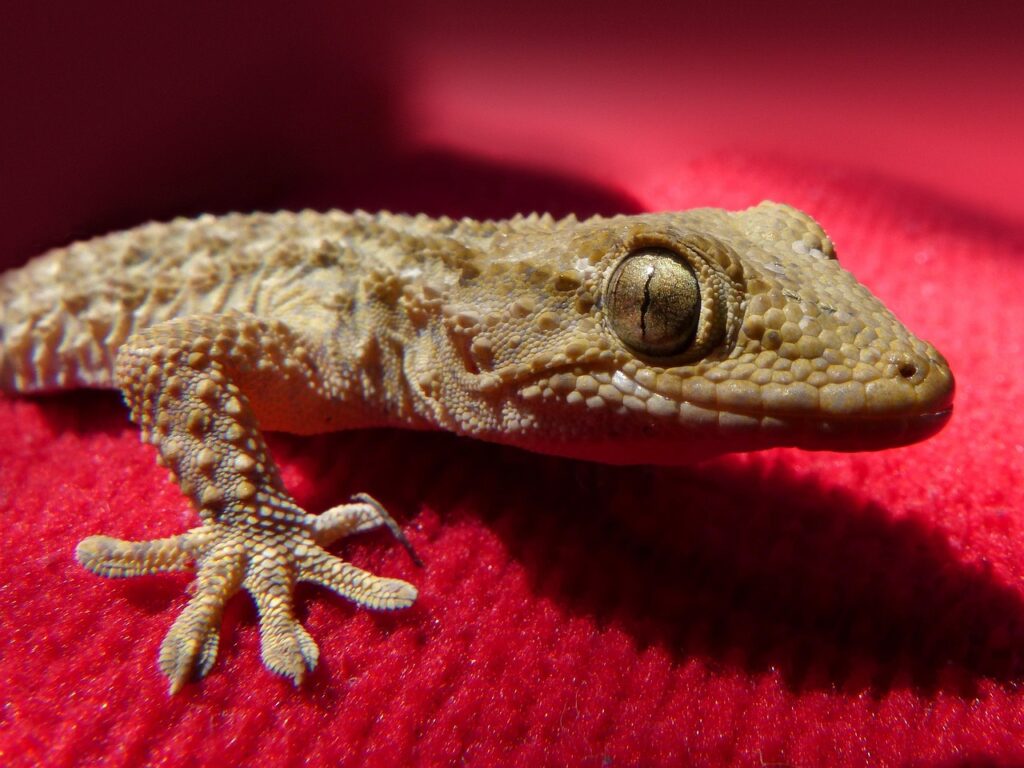
The scientific understanding of lizard cognition remains in its infancy, with exciting new research challenging long-held assumptions about reptile intelligence and social capabilities. Emerging studies using controlled experiments and advanced neuroimaging techniques are revealing previously unrecognized cognitive abilities in various lizard species. Future research directions include investigating whether lizards can recognize human faces specifically or simply respond to familiar scents and movements associated with their caretakers. Scientists are also exploring the neurological basis for social recognition in reptiles, seeking to understand how their differently structured brains accomplish similar recognition tasks to mammals. As this field expands, we may discover that reptile cognition represents not a lesser form of intelligence, but rather a different and specialized type of intelligence adapted to their evolutionary needs. These discoveries will likely transform how we understand and interact with our scaly companions in the coming decades.
While lizards may not experience or express affection in ways familiar to mammal owners, the evidence clearly suggests many species can recognize their caretakers and form meaningful associations. These relationships, based on trust, positive association, and recognition, represent a unique form of interspecies connection that deserves appreciation on its own terms. As we continue to learn more about reptile cognition and behavior, pet owners can enjoy the subtle but rewarding bond that forms when a previously wary lizard recognizes them, approaches voluntarily, or displays relaxed body language in their presence. By understanding and respecting the lizard’s perspective—rather than expecting mammal-like demonstrations of affection—owners can develop fulfilling relationships with these fascinating evolutionary survivors. The reptile-human bond may be different from what we experience with furry pets, but it offers its own unique rewards and insights into the diverse ways animals can connect with humans.

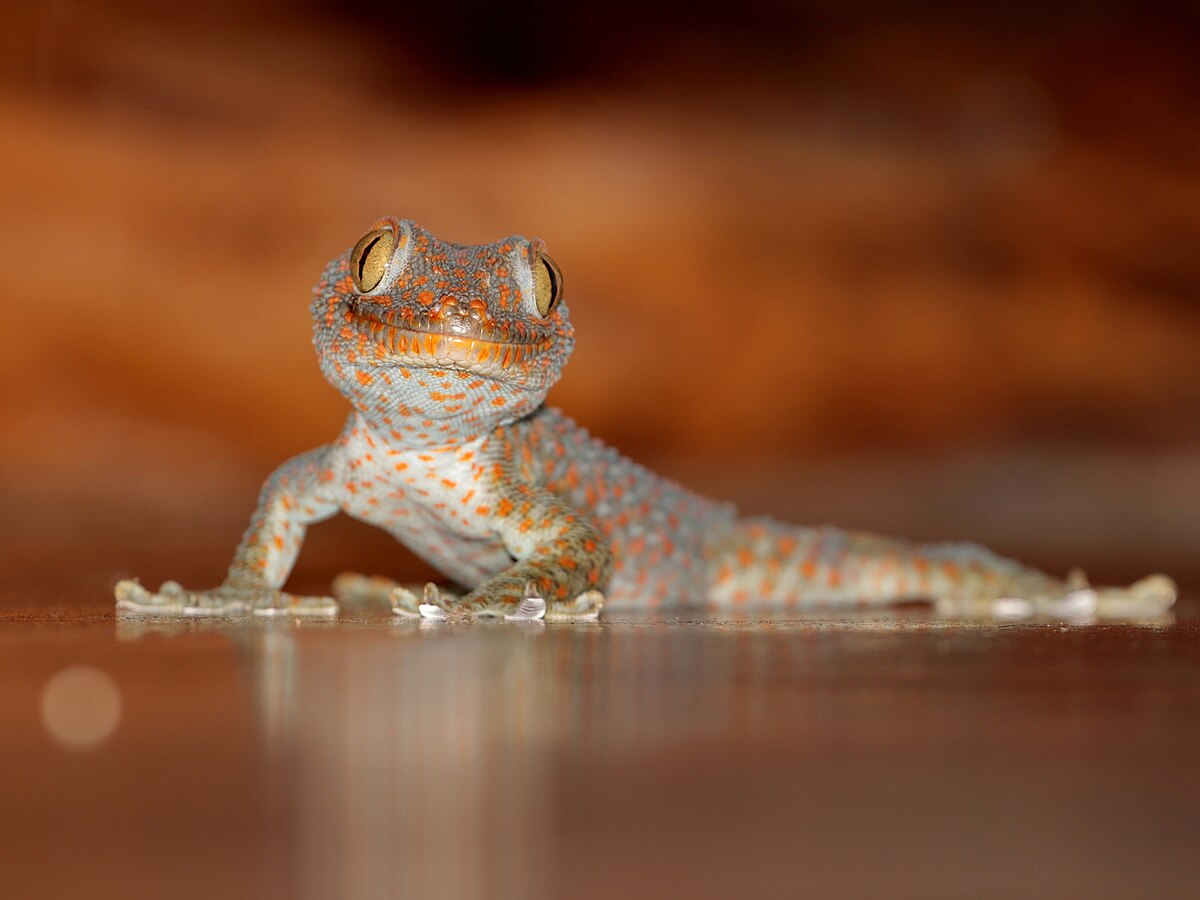

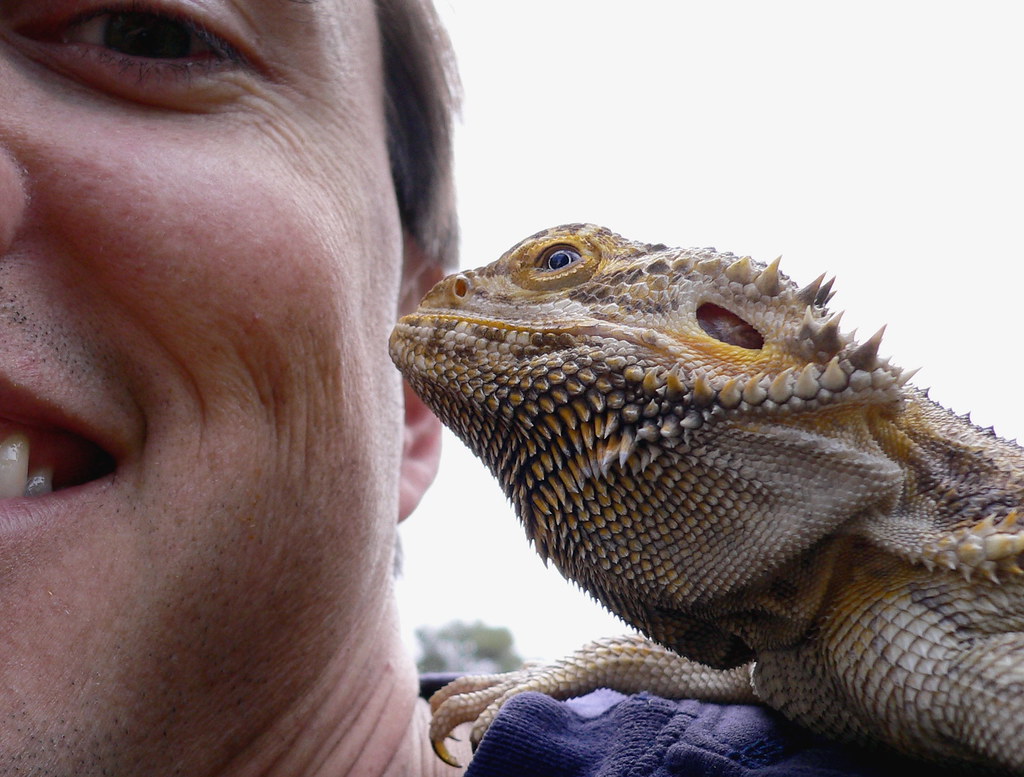
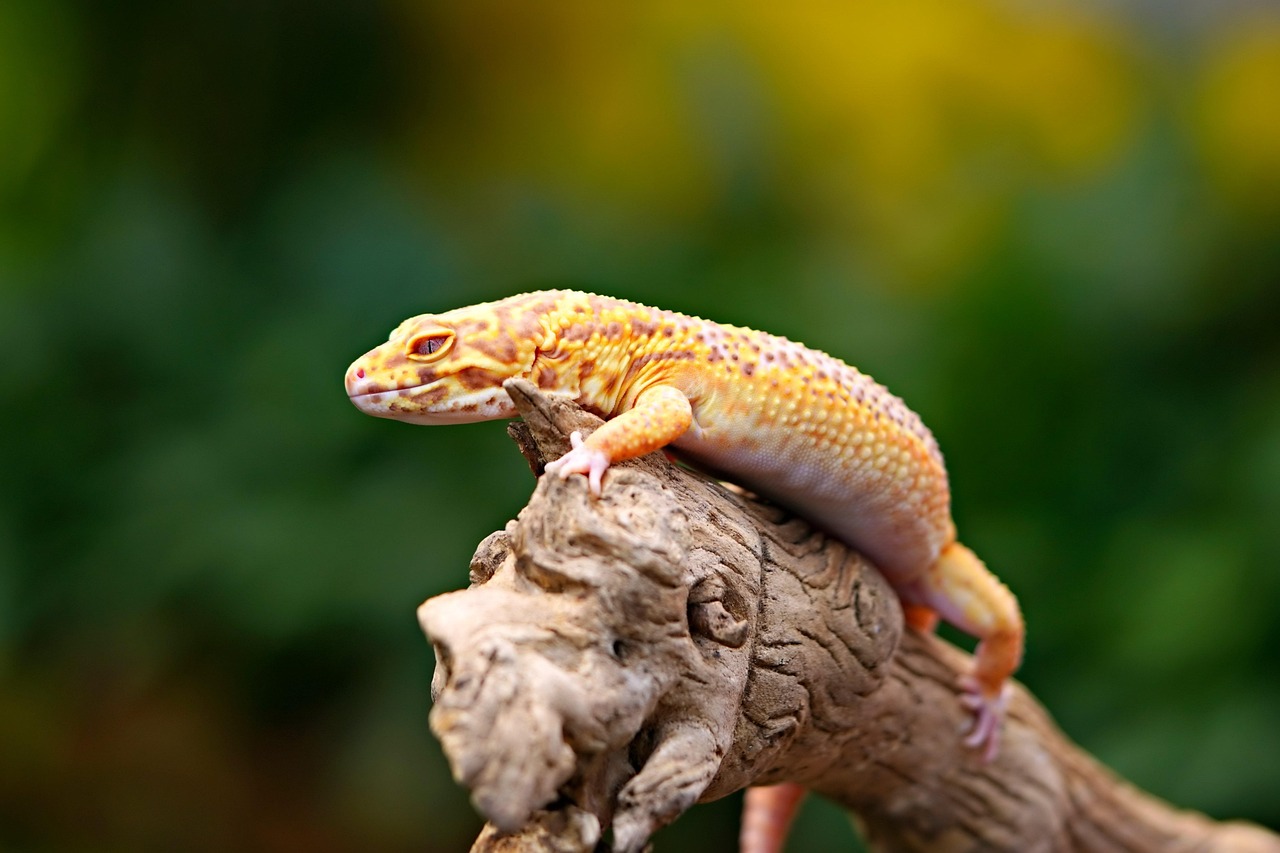


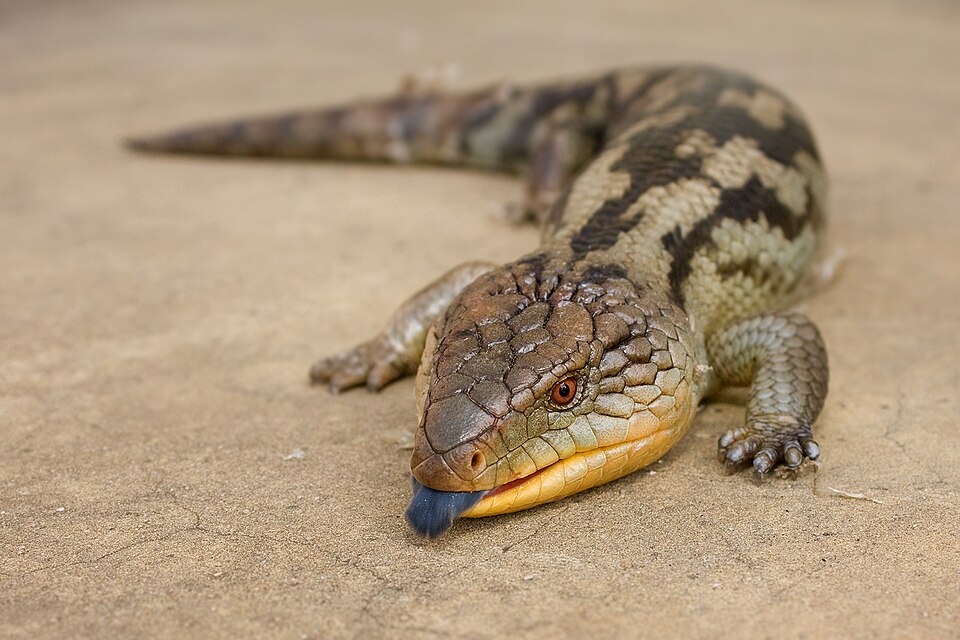
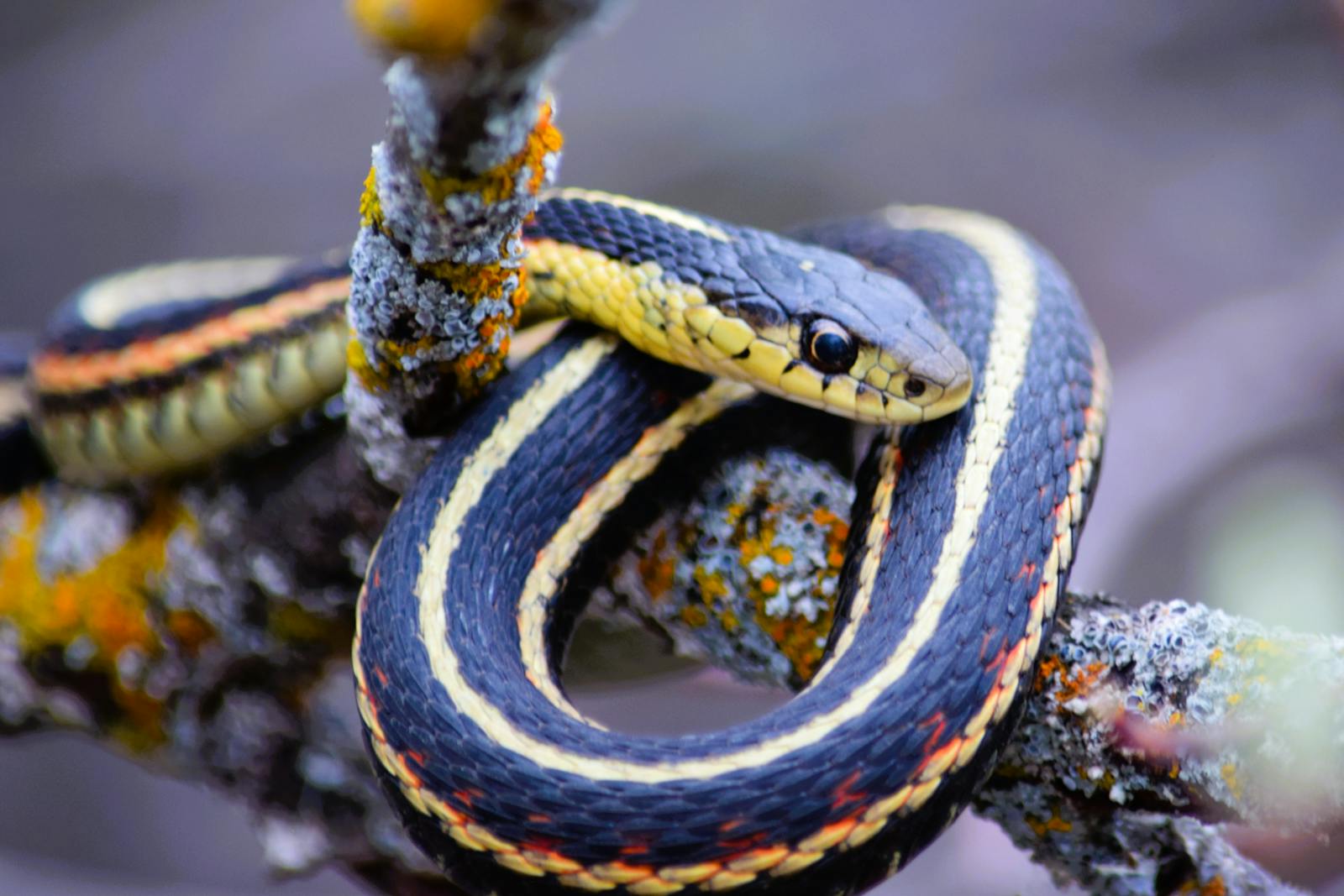
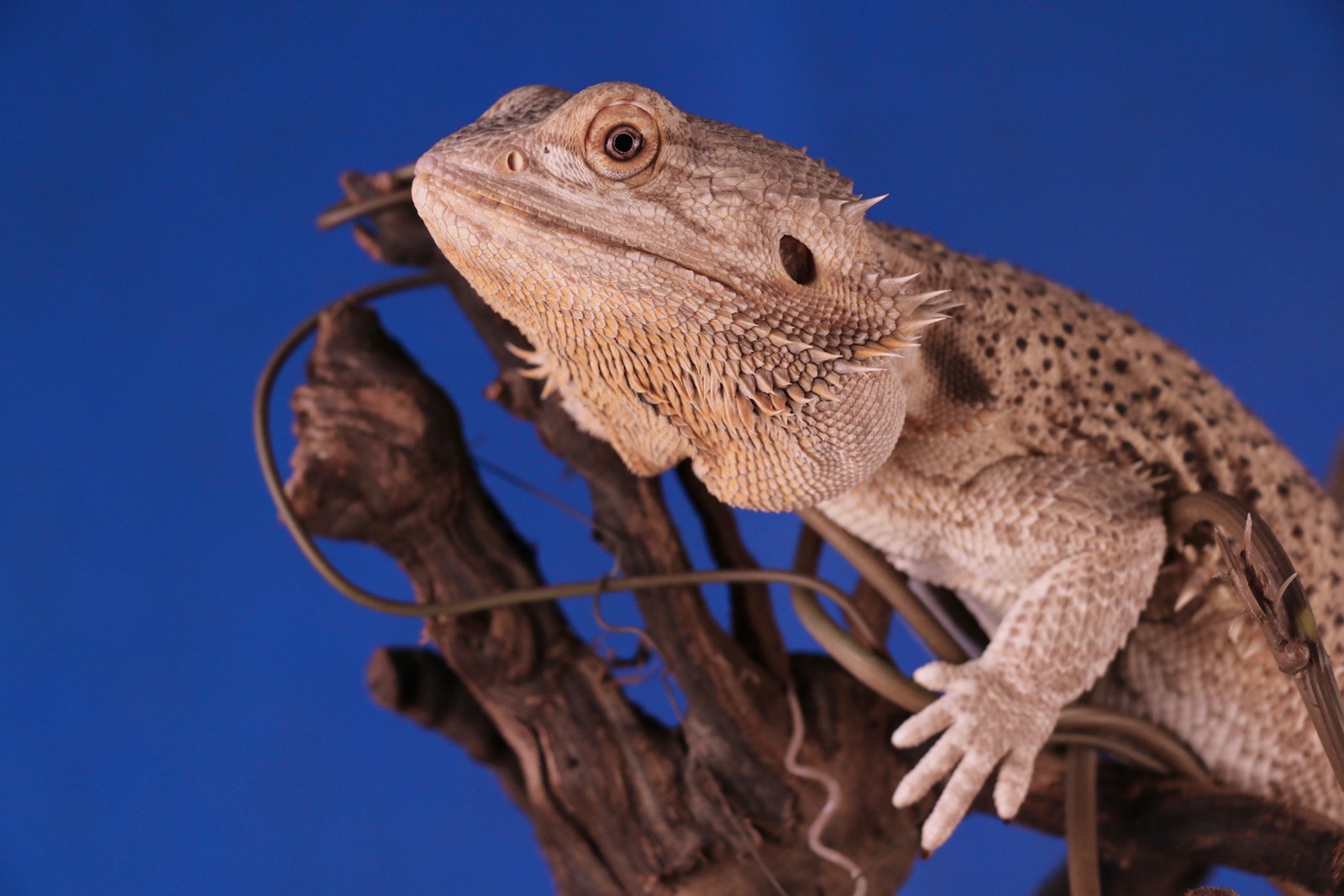
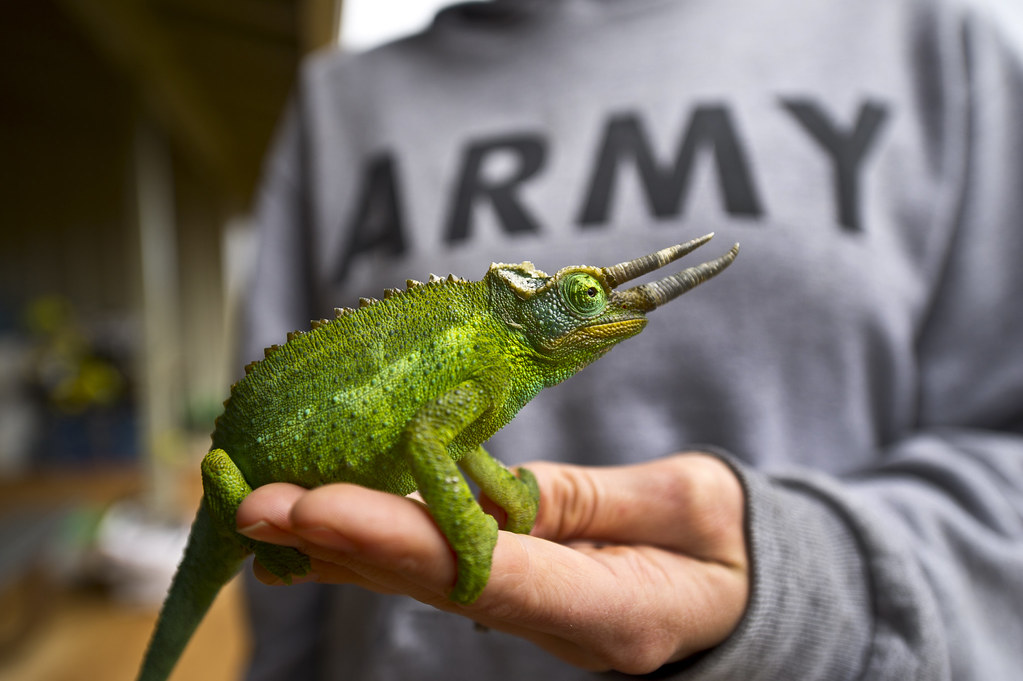
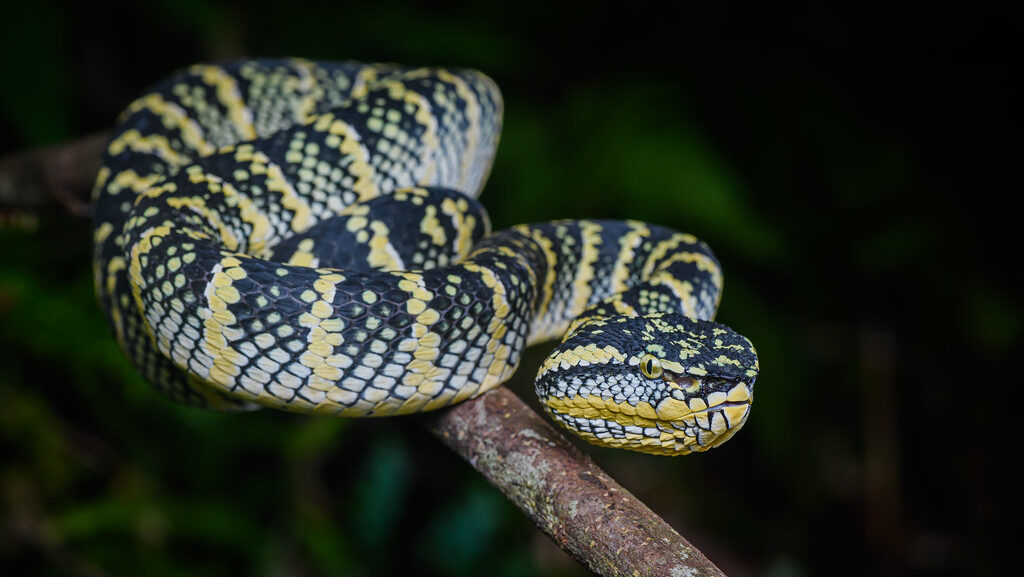
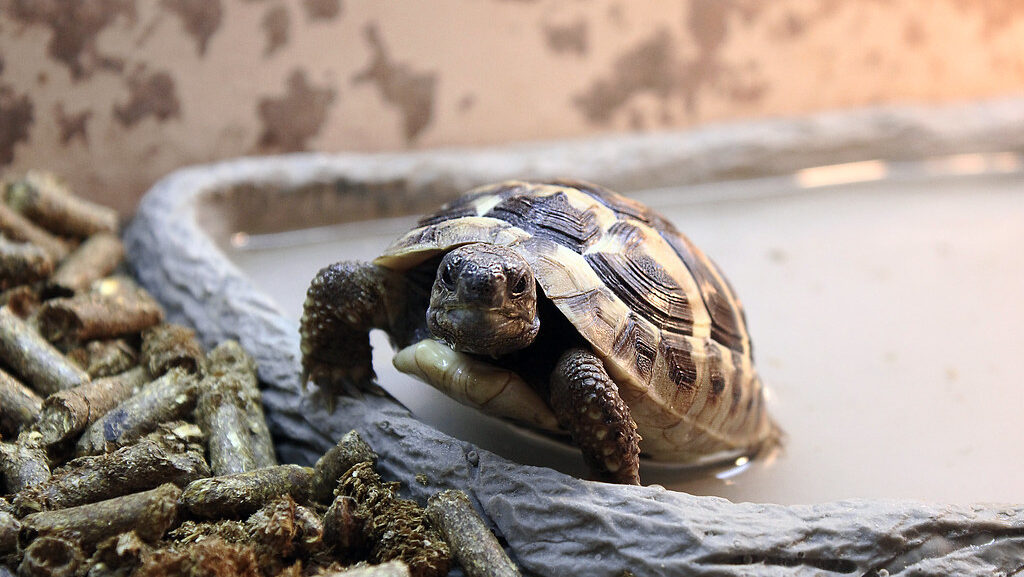

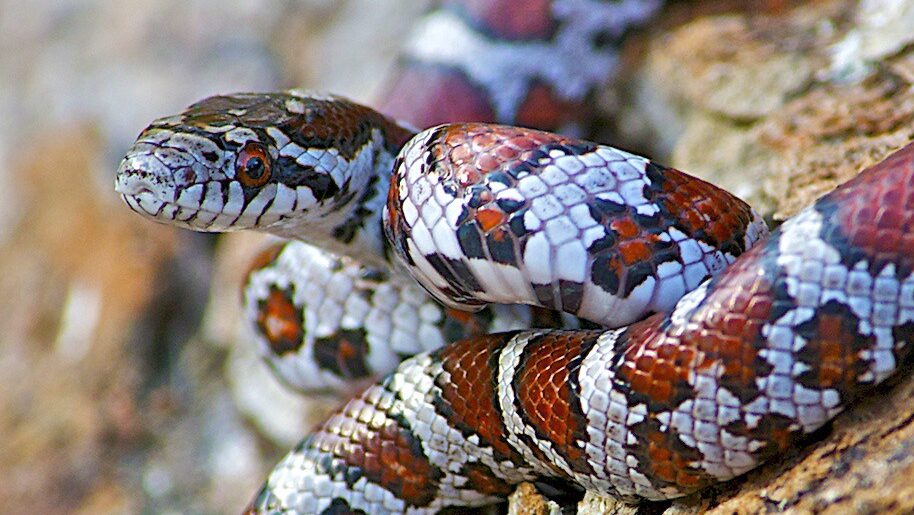
Leave a Reply